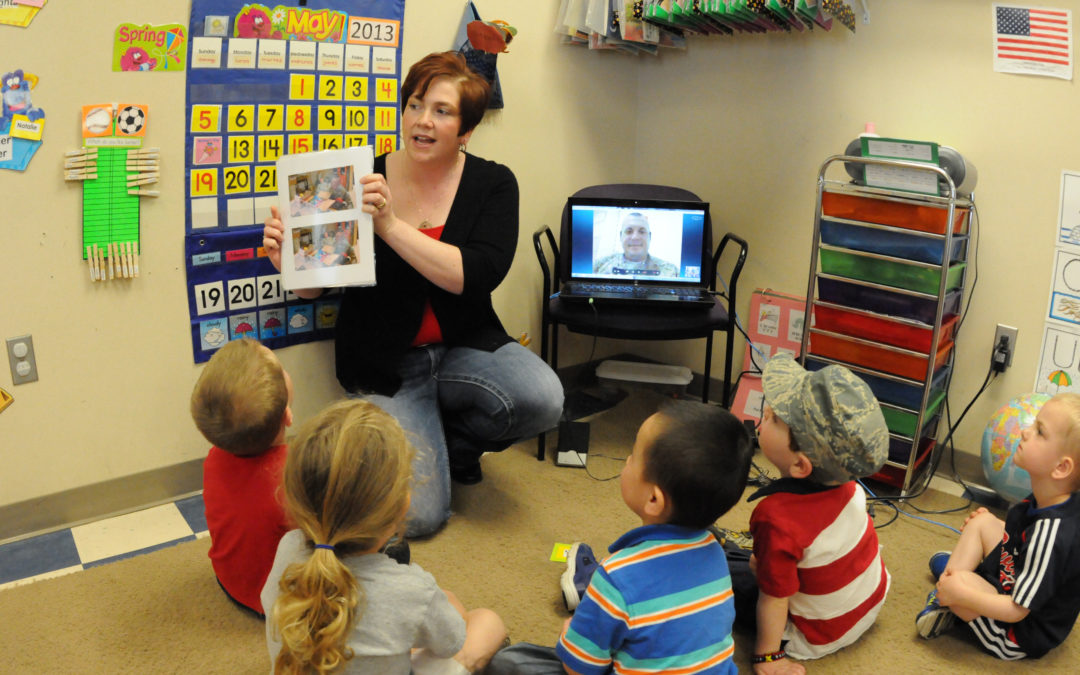When you are choosing an early learning education program for your child, you have a couple of distinct choices. Here in Prince George we offer a private Early Learning Centre, Child Care Centre and Out of School Care program and the PGMES supports a public Montessori Elementary and High School program. In other words, you have traditional teaching and Montessori school programs. But what exactly are the differences between to two types of learning? Here are a few of the key differences that may help you better understand the benefits of Montessori over regular school programs:
1 – The Classroom Environment

Teaching in the Classroom is Done by Observing Each Child's Needs.
Image Source: Wikimedia
Considering your child will learn and spend time in the classroom, the way it looks is important. In Montessori teaching the classroom is prepared using observations of the needs of each individual student. This includes lessons and activities that are student-centred. The traditional format follows a pattern set on teacher-centred lessons and activities.
2 – Lesson Styles
In Montessori classrooms the students learn lessons in a hands-on and active approach. This gives the students a way of self discovering information. In traditional classrooms the lessons are taught passively with students listening, memorizing and showing their level of comprehension through tests and exams.
3 – Time Lines
A lesson is worked on as long as it has to be in order to be completed in a Montessori classroom. This gives students plenty of time to learn, observe and absorb was is going on with little or no interruption. In traditional classrooms lessons are fit into timed schedules where clocks control the time frames.
4 – Teachers

Montessori Teachers are One-on-One Guides for Students.
Image Source: Flickr
Montessori teachers are one-on-one guides and consultants for students. Each student follows their own learning path and pace. Traditional teachers have a set pace and order each lesson must be delivered to all students at the same time.
5 – Ages and Grades
At a Montessori school the grade levels are determined by the developmental range of an individual student. This makes them flexible. In traditional schools grade levels are largely determined by chronological age of each student regardless of learning ability.
6 – Self-Esteem
Self-esteem in a child comes from internal forces in recognizing individual accomplishments and this is encouraged in a Montessori school setting. Traditional schools view self-esteem as coming from external sources such as validation and judgment.
7 – Learning Style
In Montessori classrooms the curriculum is tailored to appeal to a child’s desire to learn and they respond in loving to learn. Traditional classrooms use a curriculum that focuses on standard performance where learning is mandatory for each student.
Consider Enrolling Your Child In Montessori Preschool
The early learning program at Prince George Montessori School is very different than what is offered at regular schools in the area. If this learning approach interests you, contact us today for more information.

